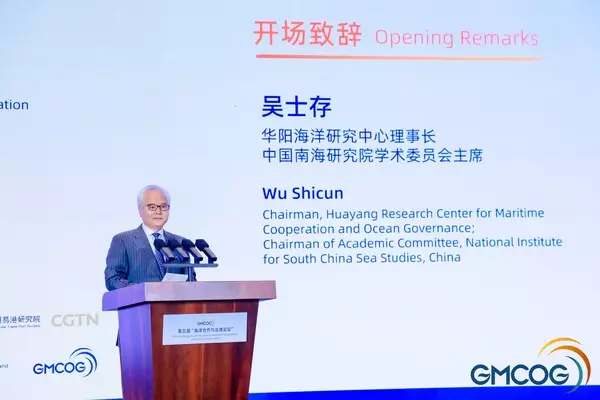XIAMEN, China, Dec. 4, 2024 /PRNewswire/ -- A report from China Today: Ports and bay areas contribute approximately 60 percent of global economic activity, according to World Bank data. While their rich marine and environmental resources drive growth, these regions also face the challenge of balancing economic development with ecological preservation.
China's southeastern coastal city of Xiamen has become a model for achieving such a balance through sustainable development practices. Over the past 30 years, Xiamen's comprehensive ecological restoration efforts have fostered harmony between humanity and nature, establishing the "Xiamen model" for high-quality development and improved living standards.
The city's achievements were highlighted at the "China in Dialogue with the World: Storytelling Salon in Xiamen" event. Held from November 25 to 27, the event welcomed foreign journalists and experts from over 10 countries, including the US, the UK, France, Japan, and Egypt. Participants visited iconic sites such as Yundang Lake, the Gaoqi sewage treatment plant, Gulangyu Island, Xiatanwei Mangrove Park, and Wuyuan Bay Wetland Park. These visits were accompanied by discussions with local experts about the city's ecological conservation strategies.
Zhou Lumin, a member of Xiamen's marine expert group, noted that while Xiamen benefits from diverse marine resources, it is also characterized by its small size and fragile ecosystems. Like many bay cities worldwide, Xiamen faces environmental challenges like climate change, biodiversity loss, and pollution. To tackle these issues, Xiamen has implemented a range of integrated coastal management measures to enhance marine ecological restoration. These initiatives include the construction of urban green roofs, mangrove wetland restoration, and the protection of rare marine species such as the Chinese white dolphin.
David Ferguson, an international communications expert, expressed admiration for Xiamen's mangrove wetland restoration efforts during the visit. He emphasized that mangroves are under threat in many coastal regions across Asia, Central America, and Africa, and highlighted Xiamen's success as a valuable model for other countries and regions facing similar challenges.
Xiamen has also prioritized international cooperation in ecological conservation. The city has hosted the annual World Ocean Week for 19 consecutive years, alongside various international exchange activities. In 2013, Xiamen University established the Marine Monitoring and Information Service Center, a platform for scientific and technological innovation. This initiative brings together experts from diverse disciplines to drive advancements in sustainable coastal development.
** The press release content is from PR Newswire. Bastille Post is not involved in its creation. **

Xiamen Emerges as a Model of Sustainable Bay Area Development










